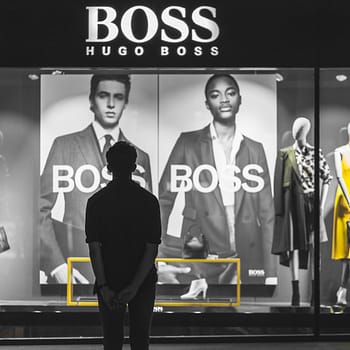Luxury shoppers show a significant focus on sustainability
There has been an abundance of research and news stories about the links between fashion, retail and sustainability in recent months. With the EU driving forward their plans for a greener fashion industry and growing consumer focus on the subject, it is important for those working within the e-commerce fashion photography industry to stay up-to-date on recent findings.
Today we’re exploring the link between luxury shopping and sustainability, with a surprising level of focus placed on sustainability by those buying luxury items. Interestingly, more interest seems to be shown than those buying standard items, perhaps due to less financial pressures?
Sustainability through the product lifecycle
Recent studies by Farfetch, BCG and Comité Colbert have all provided evidence of the growing level of importance placed on sustainability by luxury consumers. This research included speaking to 40-odd executives of luxury companies and surveying 2,000 people, both customers and non-customers across a group of countries including France, the UK, Italy and the US.
A stand-out figure is that 65% of shoppers consider a business’s commitment to sustainable development when choosing to buy a particular product. Despite this industry recovering strongly after the pandemic, it is clear that the sector is seeing a change that must be embraced.
Within the world of e-commerce fashion photography, we’re used to discussing the initial stages of the sales lifecycle but research has shown that as many as 80% of consumers think a company must focus on the full lifecycle from the very start, through to selling the item and beyond. These sustainability ideas include repairs, rentals and resale options.
Working together and the secondhand market
One of the authors of the research mentioned here reflected that due to the changing nature of the industry, luxury businesses need to change their focus from competition to collaboration. By working together on environmental issues and sustainability, they can find scalable solutions in a far more effective way.
This is reflected so clearly by the rise of the secondhand sector, with modern generations far more likely to resell or rent their clothing. BCG state that this market is growing twice as quickly as the primary market and by 2025, should reach $25 billion. A focus that all those working in fashion and e-commerce fashion photography should be aware of.
Challenges faced by luxury brands
There are still some significant challenges faced by luxury brands and these put pressure on the requirement to improve both sustainability and their use of technology.
Firstly, the luxury industry has failed to shake the perception that it isn’t as advanced as alternative industries when it comes to utilising the digital world. Given the importance of the Gen Z and Millenial generations to their sales, and the commitment to sustainability by these groups of people then it makes sense that luxury brands should look to speed up digital growth.
Secondly, reports show that the luxury market’s future is in China and other countries outside of western markets. Given the current political challenges and the concerns around sustainability in China, this does present problems for the luxury brands who want to not only grow but also maintain that connection with shoppers who care about luxury and the environment.




